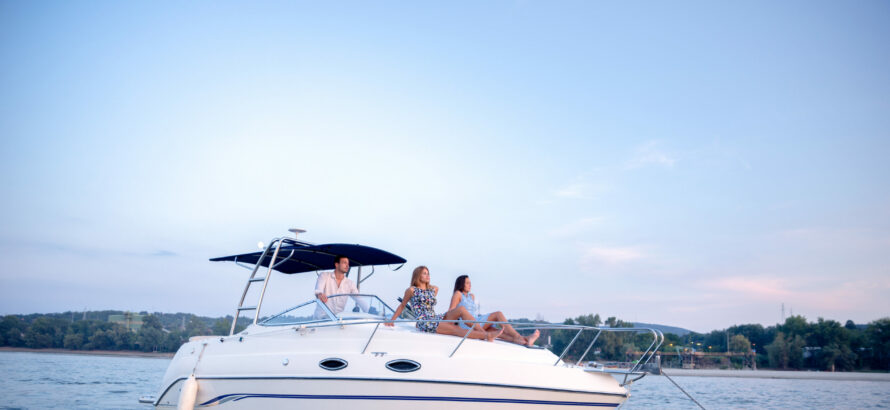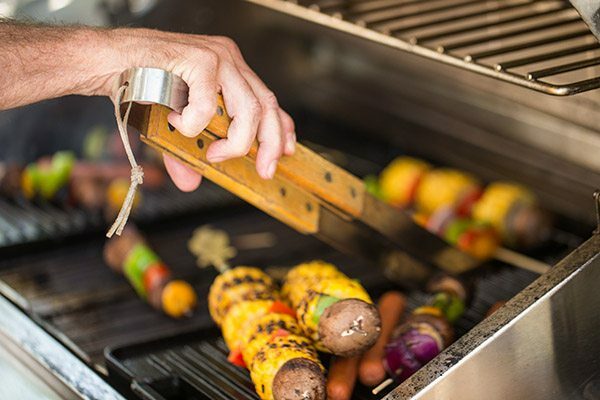
At first glance it may seem the rear compartment of your hatchback or sport utility vehicle can easily accommodate all of the luggage you need for a trip, but when it comes down to it, you may suddenly find there isn’t as much room as you thought.
There’s a real art to safely and efficiently packing your vehicle.
Clear out your car
Before any car trip, it’s important to start by cleaning the vehicle out, according to Susan Foster, the author of Smart Packing for Today’s Traveler. This means removing everything from the back you don’t need for the trip such as your recyclable grocery bags, sports equipment or kids toys.
Get started the night before
Foster recommends packing the car the night before the trip when possible. “In a perfect world, I do that,” she says. “Then I can get up and leave early in the morning.” Also, to get the maximum use of space, she advises those who have a garage or carport to lay out all of the luggage they are bringing with them so they can find the best places for all of these items in the car.
Pack in a strategic order
The rule of thumb she uses is to pack items in the order you are going to need them. Foster advises packing the items you need first last so that you can get to them easily. If you’re going to Grandma’s and it’s going to take two days to get there, you don’t want to put the bag you’ll need at the hotel the first night on the very bottom, no matter how well it fits there.
Opt for softer luggage
To help maximize space, she recommends packing soft duffle bags rather than using rigid luggage. “A rigid bag, like a rolling bag, may be OK if that’s an overnight bag because you’re going to roll it into the hotel. But those bags take up an awful lot of space,” Foster says. “If you pack in soft things like duffle bags and garment bags, they take up considerably less room.”
With various compartments and wheel-well cut out, the back of a car or SUV is not necessarily the rectangular space we tend to think it is, Foster points out. Soft luggage can take better advantage of that irregular space.
Also, if you have an open back, placing a mesh cargo net over the luggage can keep things from shifting, which can really help from a safety standpoint, Foster notes. “Those sometimes come with the car and sometimes they can be purchased as an after-market item,” she says. If you get one that looks more like a tarp, it can also hide the contents of the rear compartment, should you need to leave the car fully packed overnight. If you don’t have one of these, you may want to lay a blanket or even a garment bag over the top of the rear compartment.
Avoid cramming and cluttering
From a safety perspective, it’s also important not to try to cram so much luggage in that the driver’s view of the back window is obstructed. “Leaving enough space to see safely is a tremendously important issue,” Foster says. This may mean culling what you bring. “Don’t overpack; it’s a car, not an 18-wheeler,” she stresses.
Save space for safety
Finally, it’s important to save space for needed safety equipment. For example, if you’re traveling in snow country, Foster recommends bringing a snow shovel, an emergency blanket, flashlights and even a candle and matches in a coffee can.
“I personally pack a pair of snow boots that I can wear to walk in the muck if the car should stall,” she says. “Also, a cell phone and a car charger to make sure that you can call for help should you get into trouble.”
The last thing you want to do is leave such needed equipment behind just so you can pack one more suitcase.
Visit this road trip guide for more tips on packing and planning before your next getaway.



